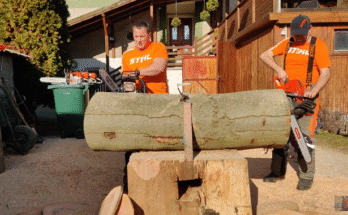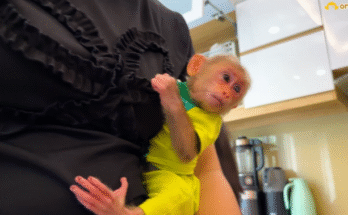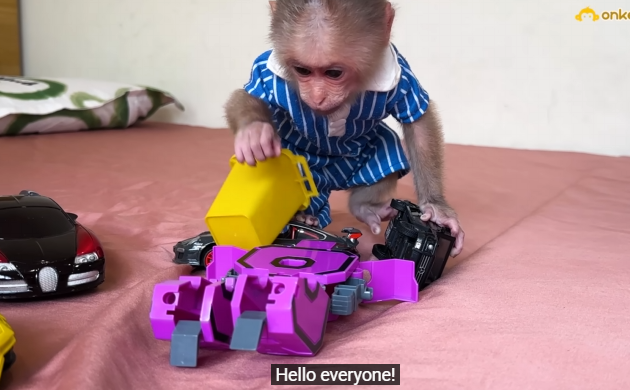

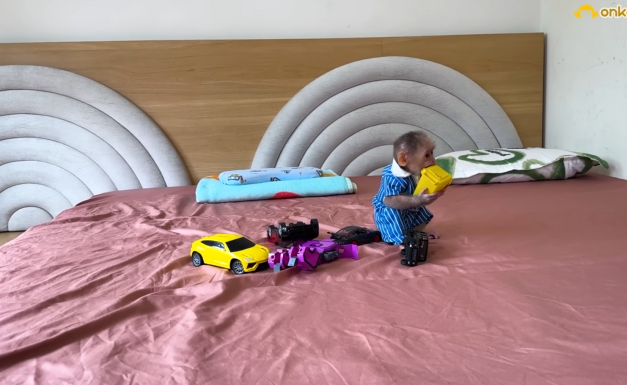
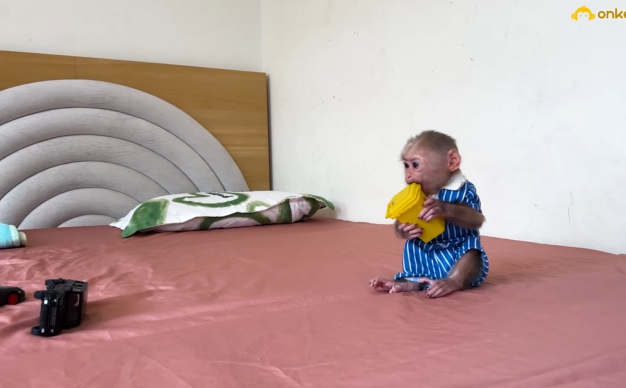
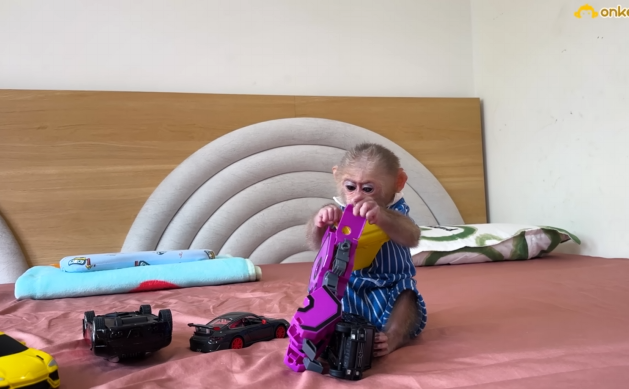
In a small village nestled between green hills and flower-speckled meadows lived a little girl named Lala. She wasn’t like most kids her age who wanted the newest toys or fanciest clothes. Instead, Lala had a deep love for old things—especially old clothes. The ones with faded colors, worn-out knees, frayed sleeves, and even little holes made her heart flutter with excitement.
Lala’s favorite pastime was collecting torn garments that others were about to throw away. While her friends found joy in shiny new dresses, Lala searched her grandmother’s attic or the village donation box for clothes that had seen better days.
“Why do you want these raggedy things?” her friend Mimi once asked, holding up an old shirt with a rip under the arm.
Lala smiled and took the shirt gently. “Because they have stories. And because I can make them beautiful again.”
Every evening, after finishing her schoolwork, Lala sat by the window with a basket of old clothes, a small needle, and colorful threads. She wasn’t a professional seamstress, but she had learned the basics from her grandmother, who used to mend her grandfather’s work clothes when he was alive. With each stitch, Lala wove in care and creativity. She didn’t just fix the holes—she decorated them.
If there was a rip on the sleeve, she’d stitch a little red heart over it. If the collar was fraying, she might add a delicate row of flowers. Sometimes, she embroidered tiny animals near the hems—frogs, rabbits, and birds—turning each tear into a canvas for her imagination.
One day, Lala found an old denim jacket in the village’s shared donation bin. It had torn cuffs and faded patches on the elbows. To anyone else, it was useless. But to Lala, it was a treasure. She took it home, washed it carefully, and hung it to dry in the sun. The next morning, she started stitching
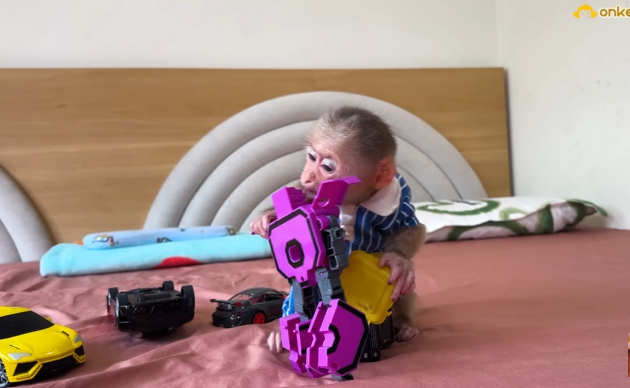


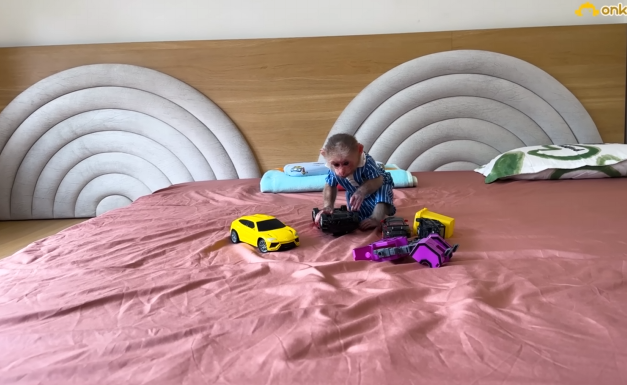
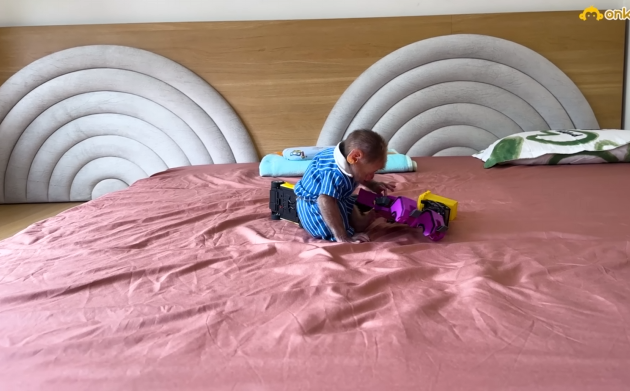

For the cuffs, she chose a soft purple thread and sewed tiny daisies all around them. On one elbow, she stitched a crescent moon, and on the other, a golden sun. It took her three days, but when she was done, the jacket looked like something out of a fairytale.
She wore it to the village market the next weekend. People turned their heads and stared—not because the jacket was flashy, but because it told a story. Old Mrs. Hori, who sold handmade soap, asked where she had bought it. Lala simply replied, “I made it better.”
That was the moment everything changed.
The word spread quickly through the village. People began to bring their torn clothes to Lala instead of throwing them away. First it was a few neighbors—an old man with a coat that had holes in the pockets, a young boy with jeans ripped from climbing trees. Lala mended each item with love and added her signature touch—a small embroidered star somewhere hidden on the fabric.
Lala didn’t charge money. “Just let me keep one of your buttons,” she said with a giggle. Her collection of mismatched buttons grew and filled glass jars in her room. They were reminders of the clothes she saved and the people she helped.
Soon, her room became a magical little workshop. Threads in all colors hung from the walls. Scissors, pins, and patterns covered her desk. She even made herself a little apron with big pockets to hold her tools.
Her school teacher, Miss Anya, noticed Lala’s growing talent and invited her to display her work at the village festival. Lala was nervous but excited. She gathered her best pieces—patched skirts, reworked shirts, even a pair of old gloves she had mended with tiny silver stars—and arranged them neatly on a wooden table under a blue tent.


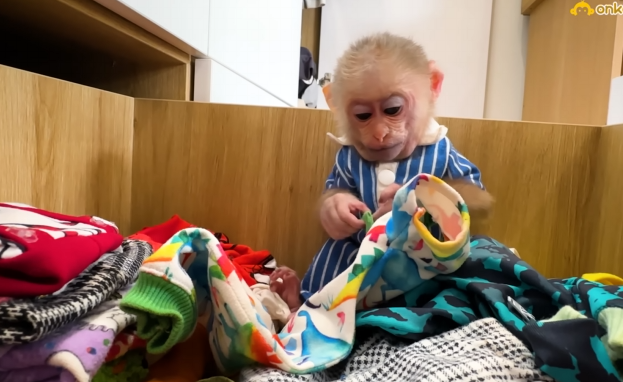
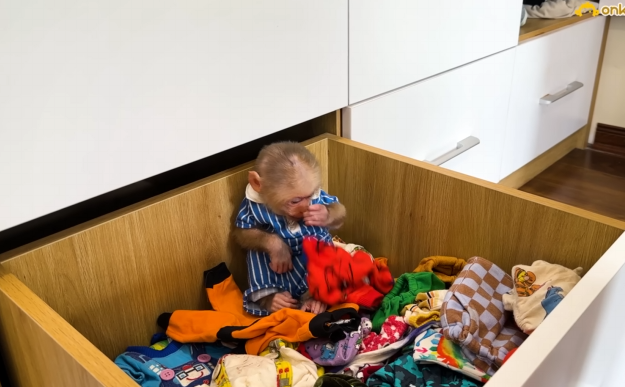
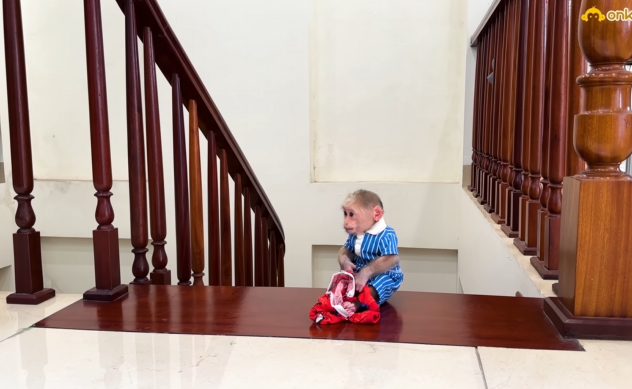
On the day of the festival, the sun was shining, and music filled the air. Villagers walked from booth to booth, tasting local food and watching performances. When they reached Lala’s tent, they stopped, smiled, and gasped in admiration. Some brought more clothes for her to fix, others offered to trade fabrics and threads.
A reporter from a nearby town took photos of her work and wrote a story about “The Little Girl Who Heals Clothes with Love.” People from other villages started visiting just to see Lala and bring her their beloved garments.
But no matter how popular she became, Lala never stopped loving what she did. She still sat by her window every evening, working quietly with her threads and imagination. To her, every stitch was an act of kindness—not just for the clothes, but for the people who wore them.
One evening, her grandmother brought her a surprise: an old quilt from when Lala was a baby. It had been stored away for years and had holes, stains, and frayed edges. “It kept you warm once,” her grandmother said softly, “but it could use your magic now.”
Lala’s eyes sparkled. She spent the next week mending it, piece by piece, with all the love in her heart. She added butterflies, rainbows, and stars. She sewed in a tiny patch that read: “Mended with love by Lala.”
When it was done, she wrapped herself in it and felt a sense of peace. The quilt, like the clothes she rescued, had a new life
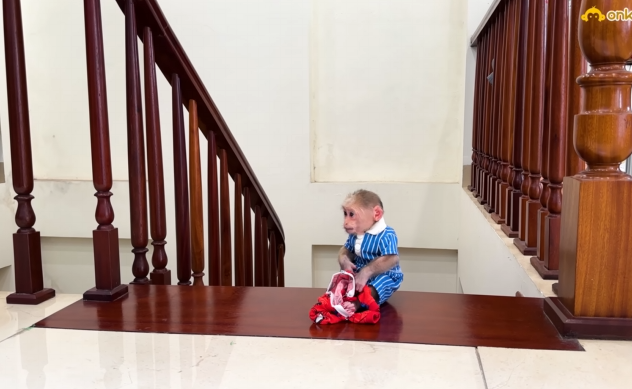
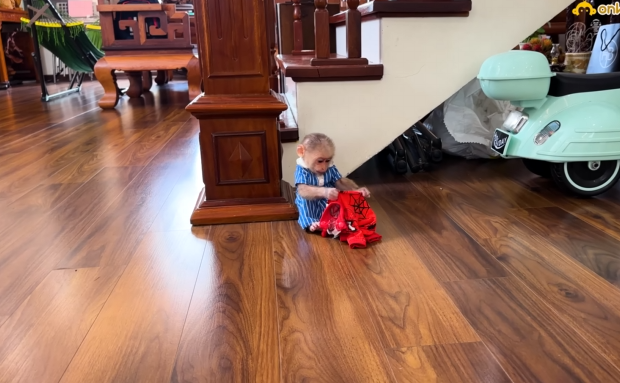
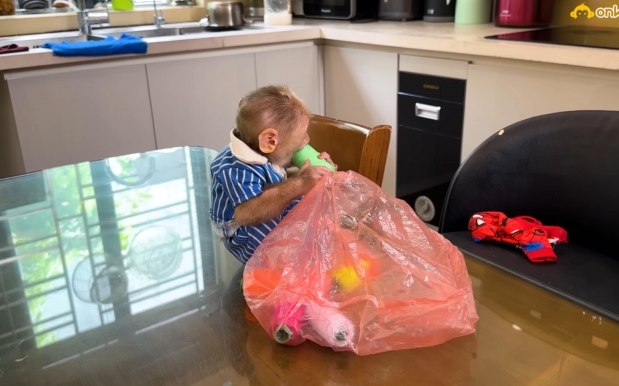
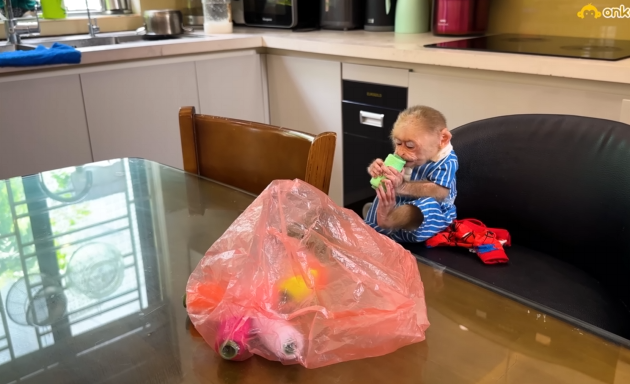

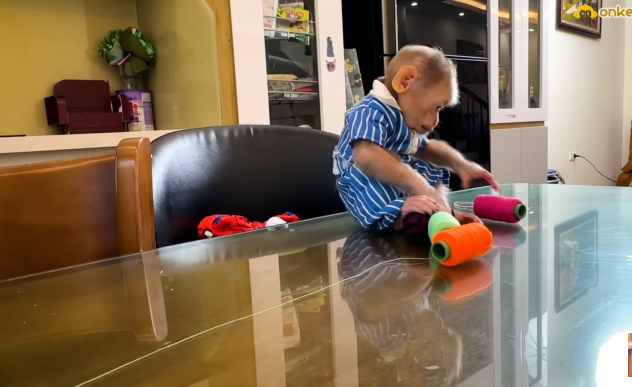
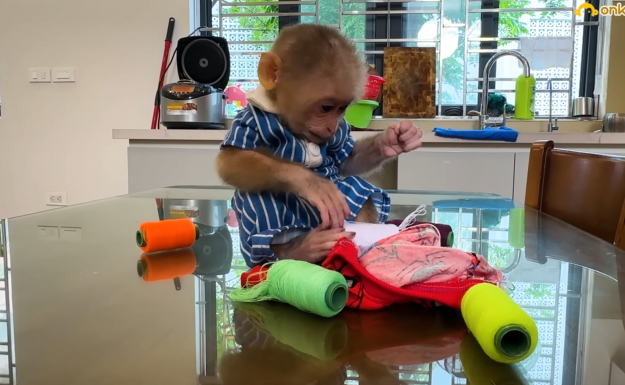
From that day on, Lala didn’t just mend clothes—she taught others how to do it too. She started little classes for kids in the village, showing them how to sew buttons, patch holes, and tell stories through thread. “Everything old has value,” she told them, “if you look with the right eyes and care with the right heart.”
Lala’s story reminds us all of something important: new isn’t always better. Sometimes, the most beautiful things are those we’ve loved, lost, and lovingly brought back to life.
And as long as there are torn clothes in the world, Lala will be there—with a basket of thread, a joyful heart, and a sparkle in her eye.
